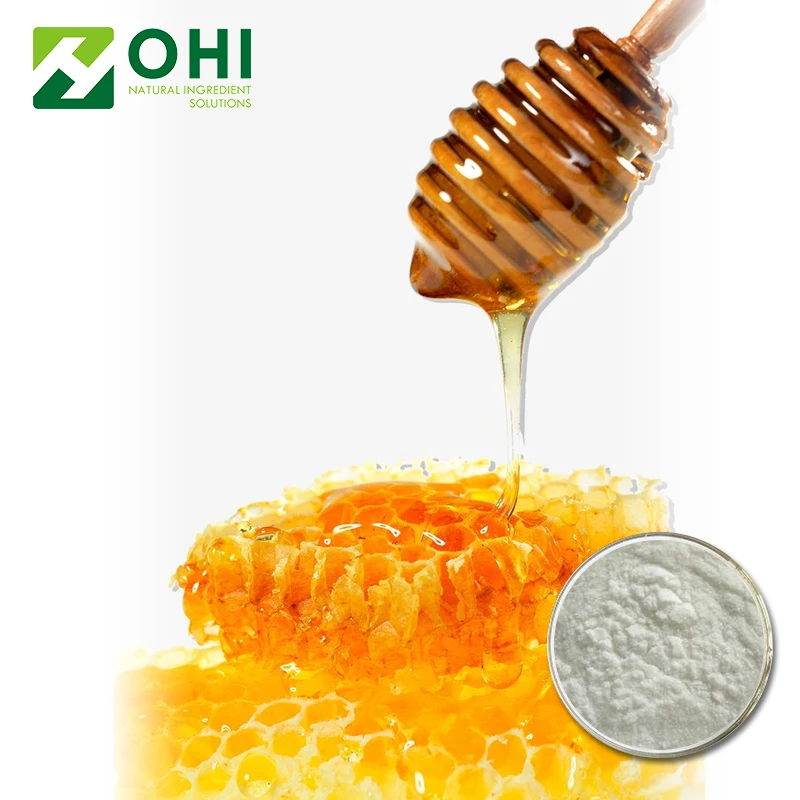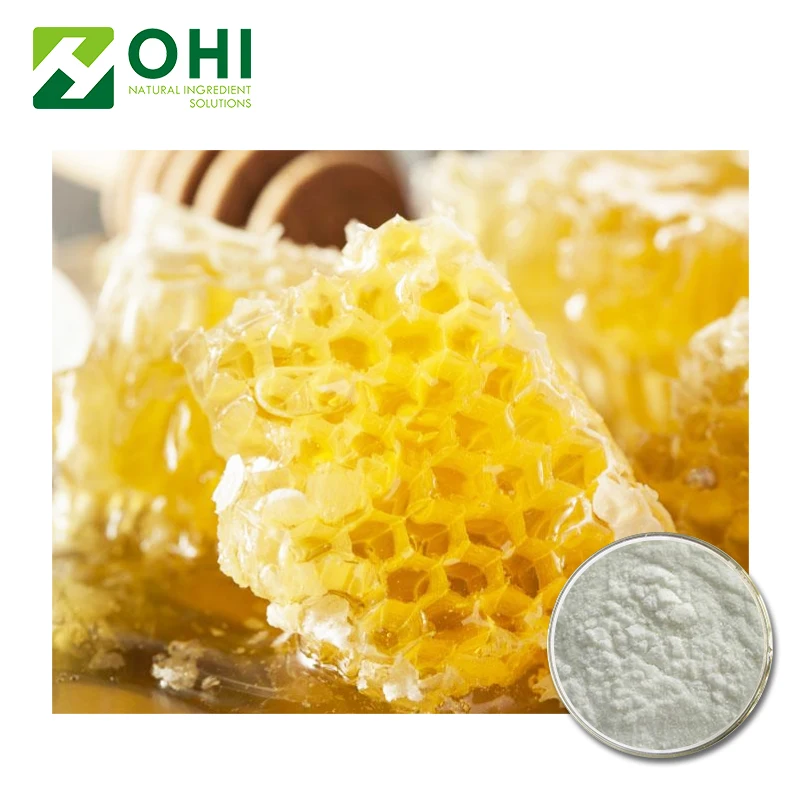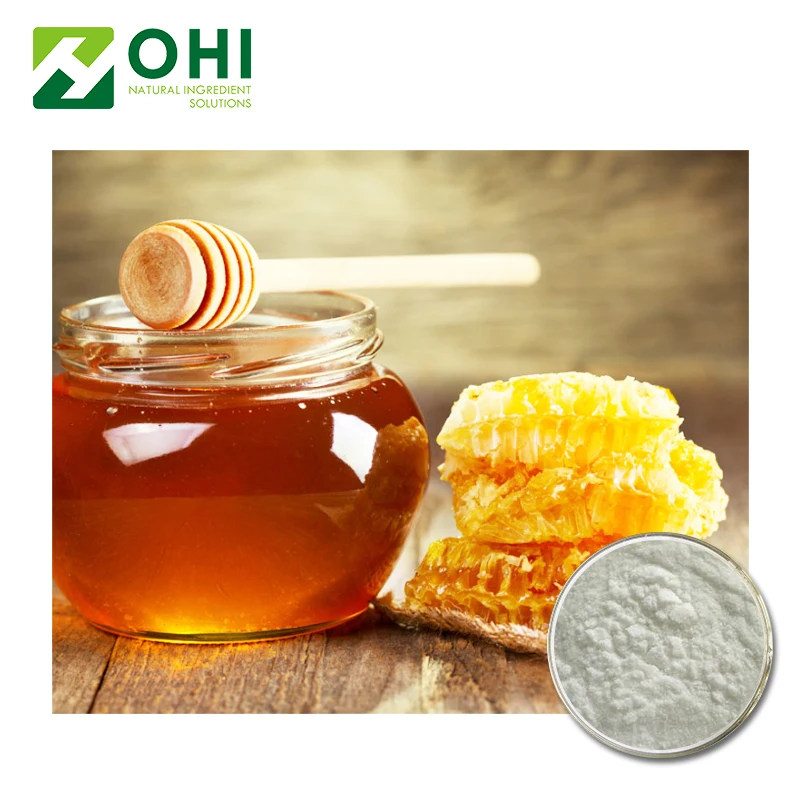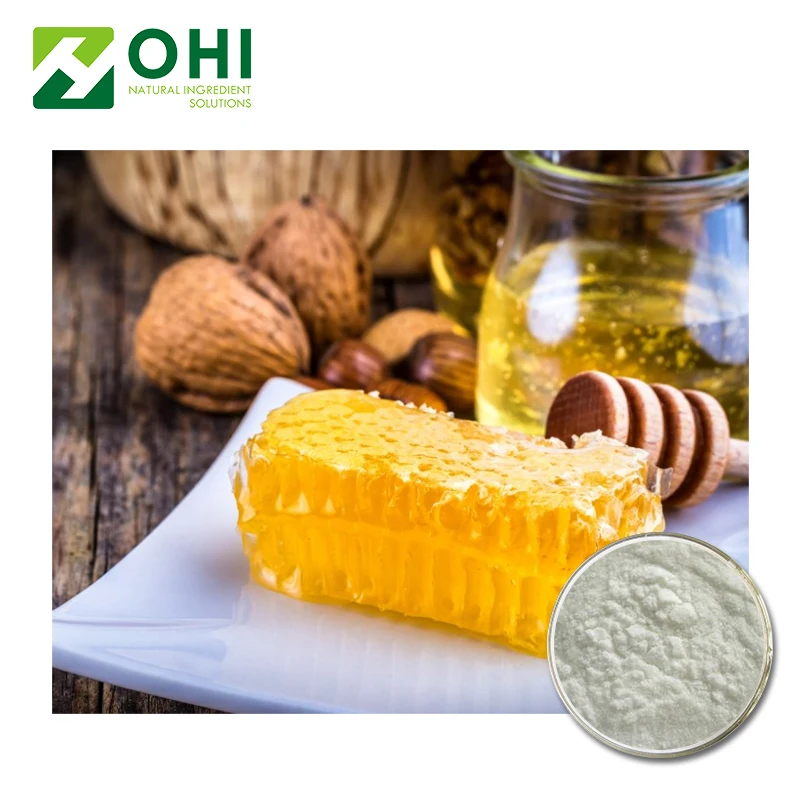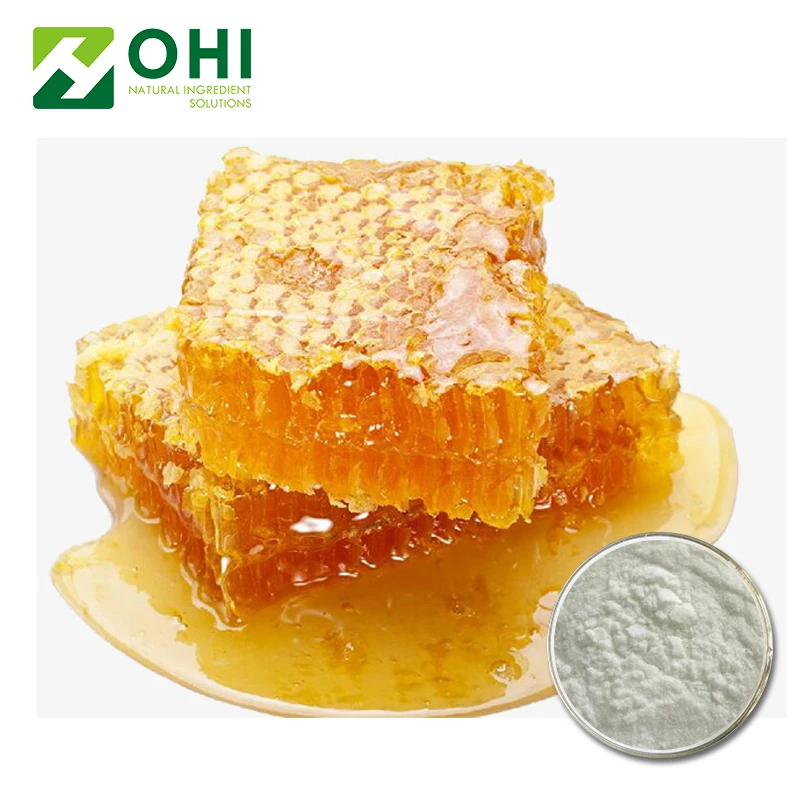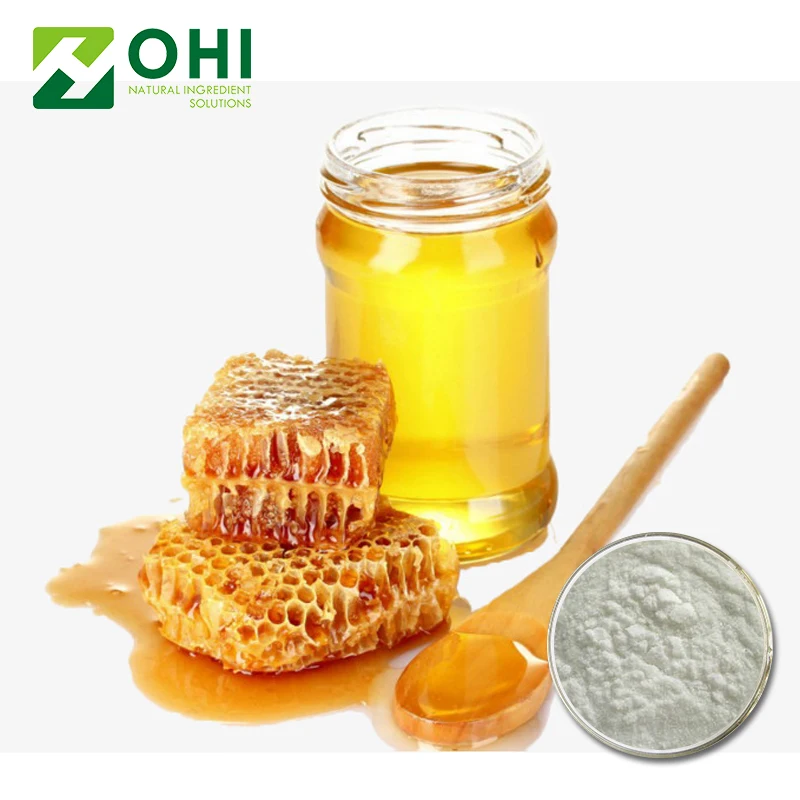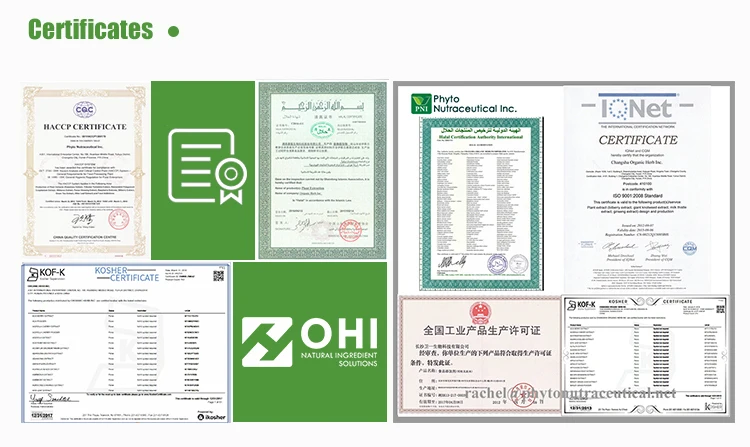100% натуральный чистый экстракт пчелиного прополиса фенэтиловый эфир кофеиновой кислоты
- Категория: Прополис >>>
- Поставщик: Organic,Herb,Inc.,(hunan)
Поделиться:
Описание и отзывы
Трекер стоимости
| Месяц | Минимальная цена | Макс. стоимость |
|---|---|---|
| Sep-16-2025 | 0.82 $* | 0.79 $* |
| Aug-16-2025 | 0.53 $* | 0.96 $* |
| Jul-16-2025 | 0.86 $* | 0.18 $* |
| Jun-16-2025 | 0.9 $* | 0.1 $* |
| May-16-2025 | 0.82 $* | 0.22 $* |
| Apr-16-2025 | 0.32 $* | 0.54 $* |
| Mar-16-2025 | 0.62 $* | 0.80 $* |
| Feb-16-2025 | 0.5 $* | 0.33 $* |
| Jan-16-2025 | 0.24 $* | 0.94 $* |
Характеристики
100% Natural Pure Bee Propolis Extract Caffeic Acid Phenethyl Ester (CAPE)


Product Name : Bee propolis extract
Appearance :brown powder
Ingredients : Propolis flavone
Spes: propolis 95%-98%
Flavone 15%-20%
Propolis Powder 40%, 60% 70%, 80%
Latin name : Apis cerana Fabricius
Part :Propolis
Extract Method :Grain alcohol
Test Method :HPLC
Propolis is a resinous mixture that honey honeybees collect from tree buds, sap flows, or other botanical sources. It is used as a sealant for unwanted open spaces in the beehive. The colour of Propolis varies depending on its botanical source, the most common being dark brown. Propolis is sticky when over room temperature and at lower temperatures it becomes hard and very brittle. Bee Propolis is believed to strengthen the immune system, promote heart health and reduce the chances of cataracts. It is available in various forms including propolis capsules, tablets, tinctures and lozenges.
Propolis is a resin-like material that honey bees collect from tree buds, sap flows, flowers and other plant sources. The bees use the propolis as a sealant for small unwanted open spaces in the hive. Propolis is sticky at and above room temperature (20°C), and at lower temperatures it becomes hard and brittle and thus can be milled into a powder. The most common colour of propolis is dark brown, but the colour can vary depending upon the botanical source.

